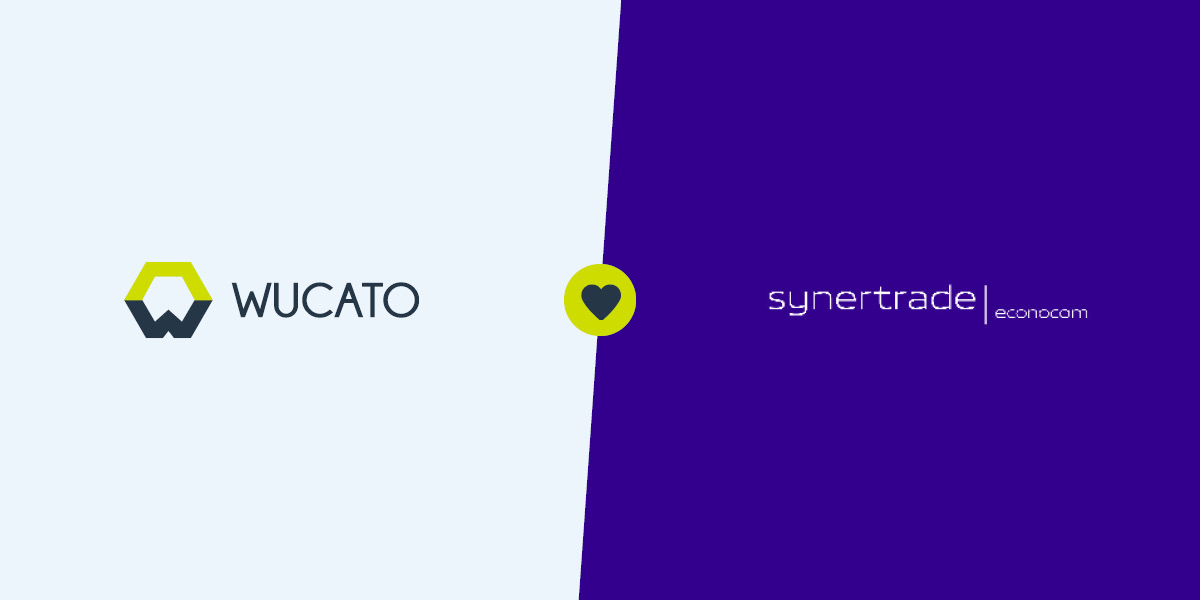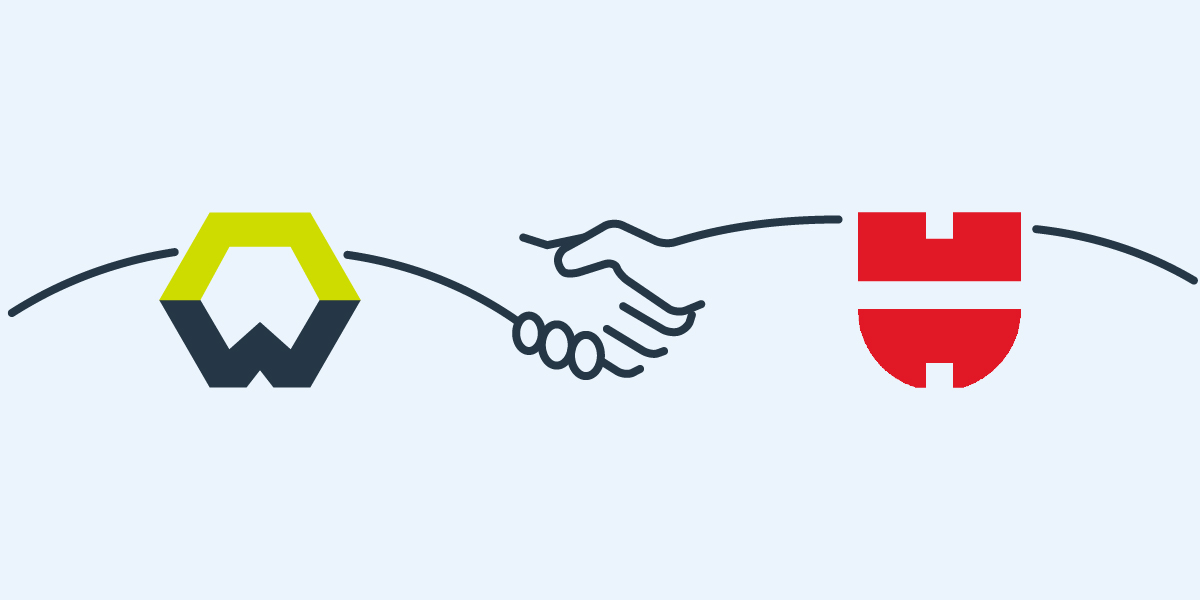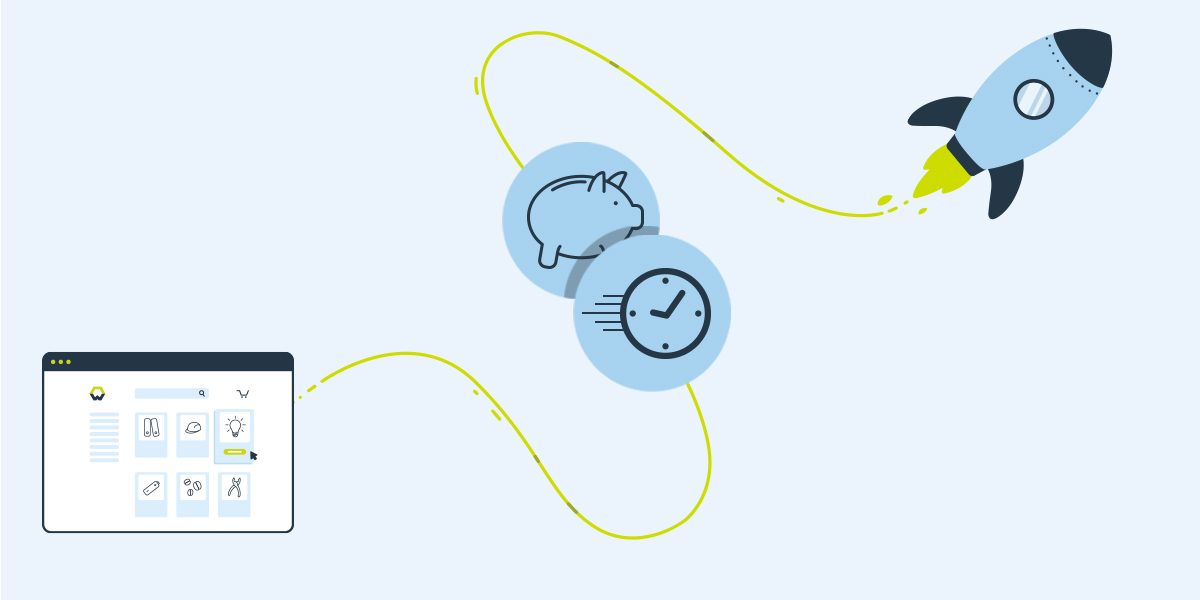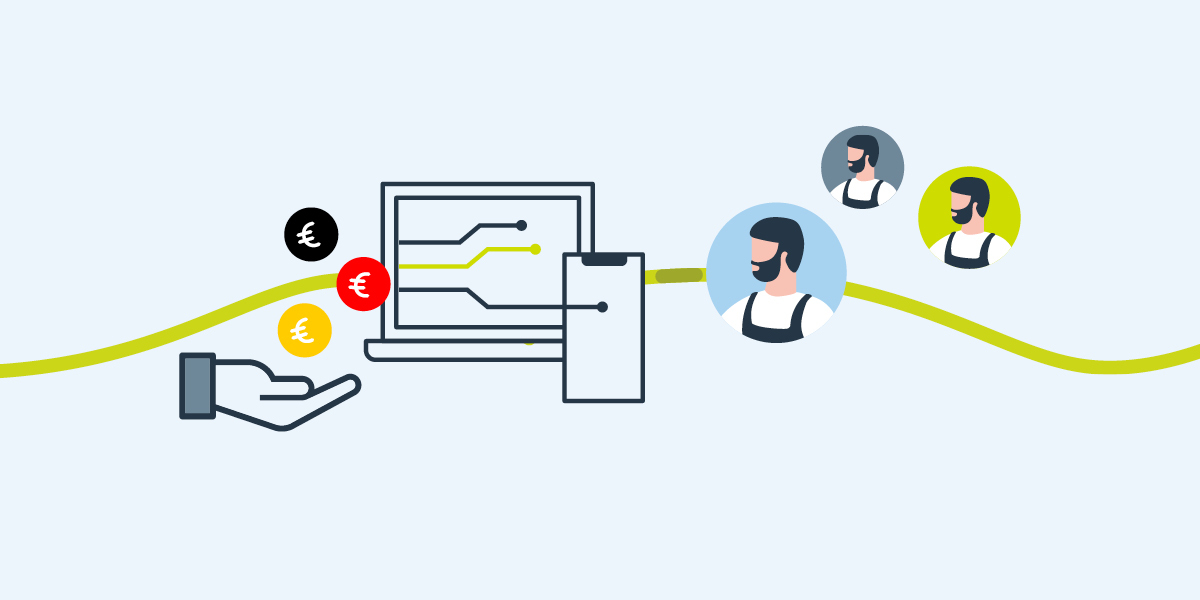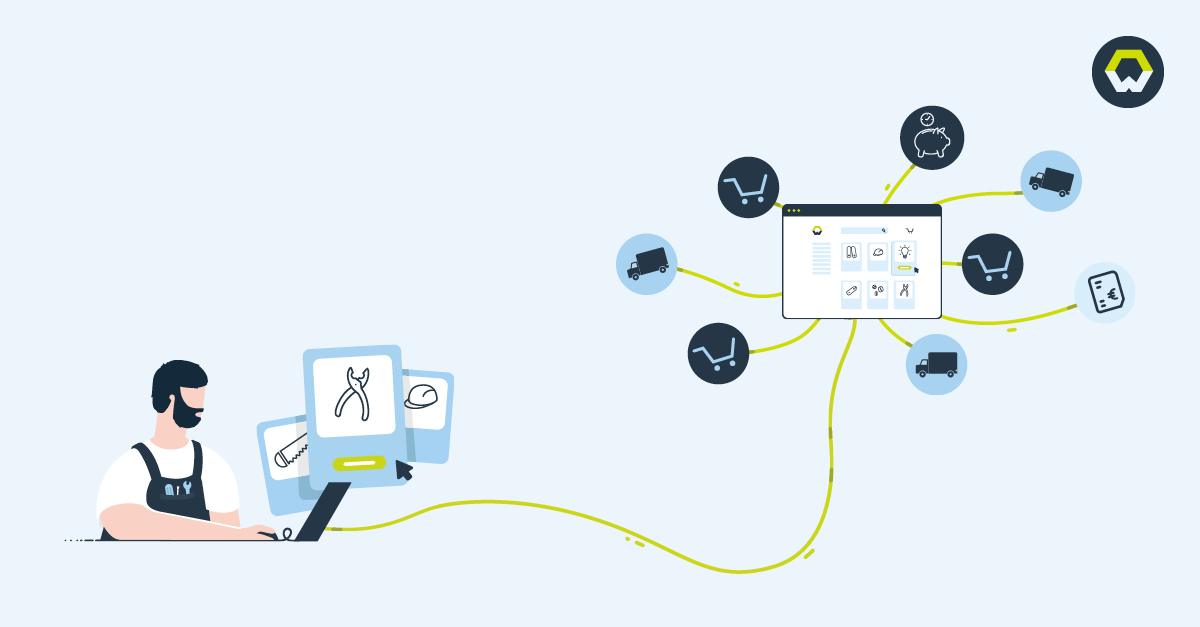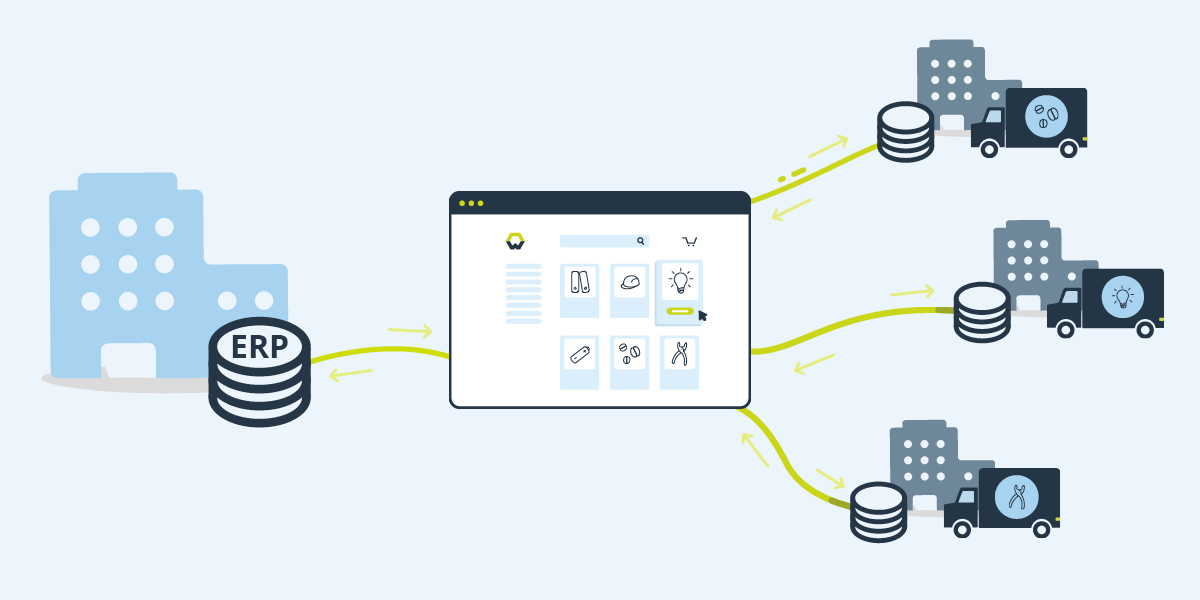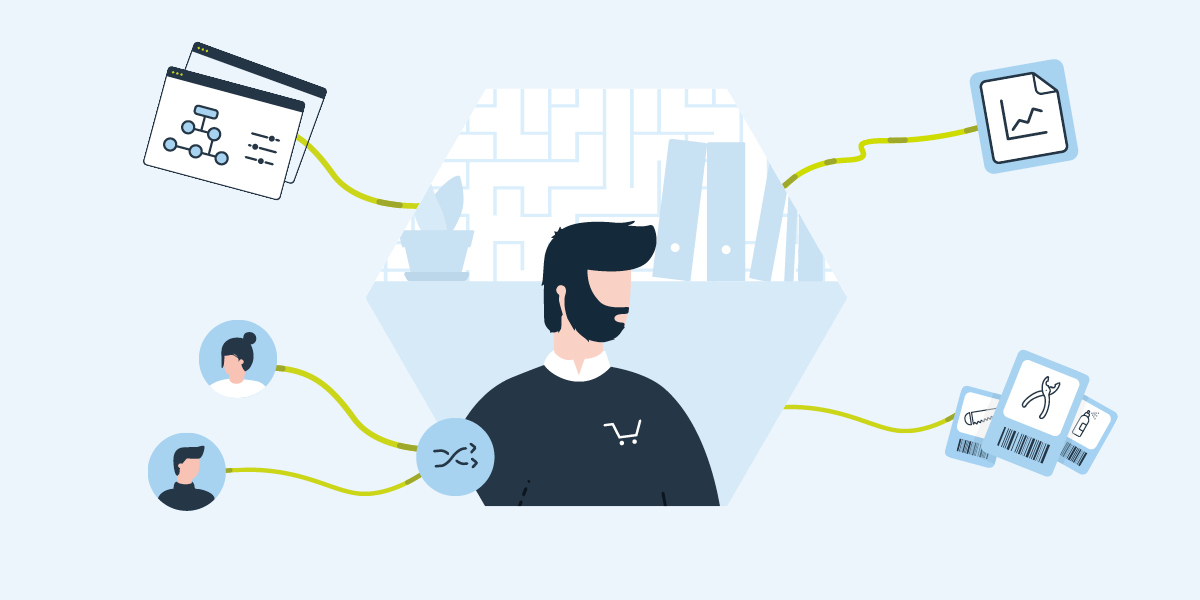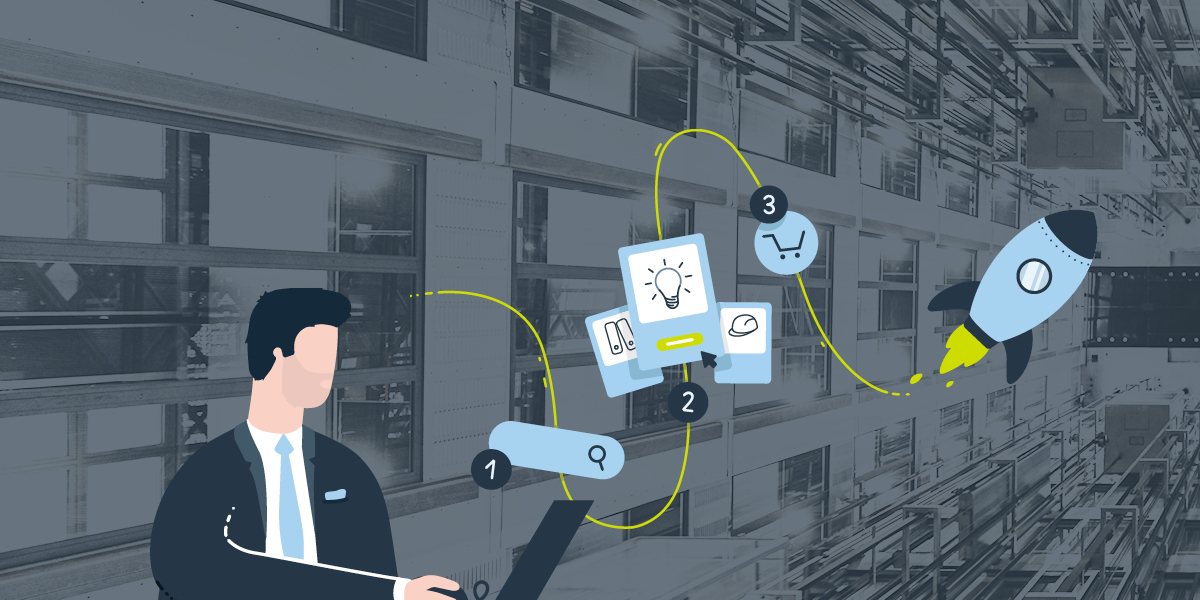Maverick buying: the costs of taking procurement into one’s own hands
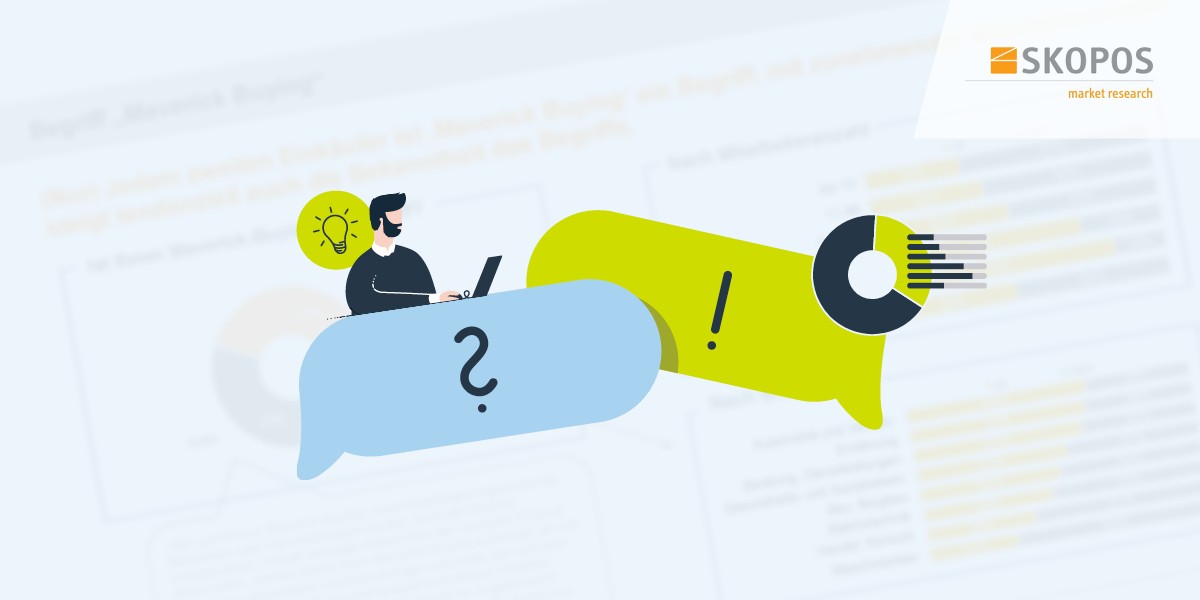
Out of coffee? You might be tempted to pick up a new jar at the store around the corner to get through the working day – but what sounds like an uncomplicated, quick solution often has unforeseen consequences for a company's procurement department. Predefined procurement processes help to prevent this sort of maverick buying.
According to the recent study entitled Maverick Buying 2021 conducted by Wucato, "maverick buying" is a term familiar to half of the buyers surveyed, with the concept known primarily in larger companies. In fact, companies of all sizes are affected by “going it alone” in procurement – according to a study conducted by the management consultancy firm Spring Procurement, an average of around one third of all operating materials, goods and services are purchased by "bypassing" the procurement department.
What is maverick buying?
Mavericks are people who like to go it alone. As a result, maverick buying describes attempts to “go it alone” when purchasing goods, operating materials or services, bypassing the procurement department in the process. Although informal purchases to meet demands are quick and appear to be an uncomplicated and obvious solution, especially when the coffee runs out all of a sudden, they often have unforeseen consequences. First, the price for a kilogram of coffee from the store around the corner is likely to be higher than that offered by the bulk supplier who would otherwise deliver it on a regular basis. Second, the paper cash register receipt creates additional administrative work. And if rapid, informal purchases are used for more than just coffee, they could even end up violating contractual terms negotiated with suppliers. This can be a very expensive matter for a company if penalties are imposed. Maverick buying also takes the transparency out of a company’s procurement activities: actual requirements are not recorded centrally via procurement, and the company also misses out on the opportunity to cut costs by bundling orders.
Maverick buying: commonplace when it comes to office supplies
Thanks to more stringent compliance rules and better established coordination and control processes, large companies can control maverick buying better than smaller ones overall. Nevertheless, the COVID-19 pandemic also sent the maverick buying rate skyrocketing at major companies, too. According to the Wucato study, this is mainly due to spontaneous purchases aimed at hoarding due to fears of supply bottlenecks, as well as due to employees working from home and popping out to buy the most necessary items themselves when in doubt. Maverick buying is most common when it comes to office supplies, which are responsible for 75% of these activities. Workwear also accounts for a less than insignificant 41%. Employees are least likely to buy tools on their own initiative – this category is only responsible for a rate of 7%.
Using defined processes to prevent maverick buying
The best remedy for maverick buying is a pre-established procurement process that defines responsibilities, and identifies, structures and reliably meets requirements. To achieve this, procurement responsibilities have to be clearly defined for all of the parties involved: procurement is the central port of call and guarantees flexible and quick ordering processes with minimal red tape in return. The easiest way for companies to achieve this is to use a digital procurement platform like Wucato: all suppliers, individual conditions and quotas can be managed in the system, allowing the company to benefit from collective discounts. In addition, procurement can create multiple users and assign them specific roles, rights, and budgets, as well as display a relevant assortment. This means that departments can then replenish their coffee stocks themselves without deviating from the standard procurement process. Optimized digital processes can be used to save up to 20% of the total costs.
Realistically, however, maverick buying can never be eliminated entirely. Departments and individual employees have to be able to take fast and flexible action in response to emergencies such as broken machinery, and they also have to be able to make spontaneous purchases. Even then, however, good communication with procurement is important. In general, maverick buying should remain the exception rather than the rule: the rate across the company should be less than 5%.
Read our study "Maverick buying in C parts procurement" to find out how procurement departments are dealing with this issue and what impact the COVID-19 pandemic is having on this challenge.
More articles from the category "Wucato News"
